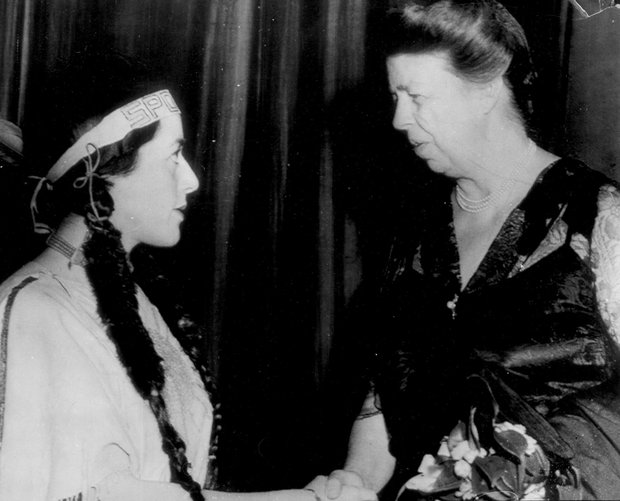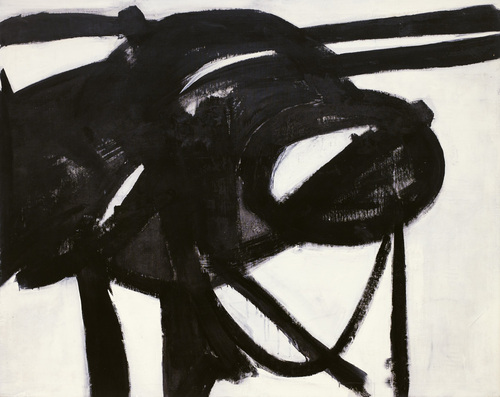Teaching Abstract Expressionism is never easy but its essential to the traditional modernist narrative, which I dismantle and question (I almost wrote “unpack”, phew) as a matter of course, and Ab-Ex provides ample opportunity:) Mostly its Pollock who bothers me, the shaman alcoholic (or is it the wounded cowboy?) whose vulnerability both tempered and underscored his ubermasculinity, reflecting the machismo of postwar American culture. Of course, I love many of the usual suspects, De Kooning, and Still, but overall I’m much more interested in what the Rauschenberg/Johns/Twombly/Cage/Cunningham coterie were up to in New York. Fellow arrivistes locked out of the cabbalistic Jungian dick fest. Where else will my students learn that on the heels of the red decade and the rise of photojournalism, Rauschenberg struggled with whether or not to be a photographer or a painter, explaining so much of his post combine work. If you’ve never seen the former, here’s a must have book of photos he took between 1949-62.
Billed as the first art movement to steal the avant garde spotlight from Paris, and train it on New York, where it has – or so the myth goes – stayed ever since, I so enjoy introducing proof of the CIA’s use of Ab Ex as a a Cold War weapon, a Renaissance Prince, if you will as this great article brilliantly details via the declassified information. It certainly raises the possibility that some of AB-Ex’s historical significance may be linked to that peculiar form of propaganda. That in order to make the Soviet’s use of Social Realism look fascist, which it mostly was, the government hired ivy leaguers to promote the Ab-Exers internationally. In heavily funded exhibitions that became key to the movement’s rise.
Of course, at home, it was still a very hard sell. Americans wary of all art abstract, or too provincial to get it (again, so the story goes). Pretty damn interesting wrench to throw in there, esp. since my aim is to get students to question dominant cultural narratives, in this case the eurocentric diachronic model of art history. It’s a weird thing to actually explain though (that a bunch of lefties would be employed by a bunch of isolationists to foster an international reputation for cultural tolerance).
Another thing I really like to introduce is the related interest in American primitivism, our very own “others” to project and steal from, ala Jazz and Native American cultures, at that time. Some of it sincere, I’d imagine. Still, this photo of Eleanor Roosevelt, who deserves a lot more credit for advocating for federally funding the arts, says it all, and this wonderful essay reveals a very interesting convergence of interests as well. Regardless, the influence of this larger interest in Native American art is another overlooked aspect akin to the role of African art on cubism.

1943: First lady Eleanor Roosevelt greets Miss Spokane Catherine Betts, in Native American dress, at a War Bond Rally in Seattle.
Franz Kline’s series of magnified details rendered iconic through a chance experiment with a projector at de Koonings also wonderfully undermines the whole authentic spontaneous gesture thing. MoMA owns this one from 1950, and describes it on its website in carefully guarded terms:
“True to an alternate name for Abstract Expressionism, ‘action painting,’ Kline’s pictures often suggest broad, confident, quickly executed gestures reflecting the artist’s spontaneous impulses. Yet Kline seldom worked that way. In the late 1940s, chancing to project some of his many drawings on the wall, he found that their lines, when magnified, gained abstraction and sweeping force. This discovery inspired all of his subsequent painting; in fact many canvases reproduce a drawing on a much larger scale, fusing the improvised and the deliberate, the miniature and the monumental.
‘Chief’ was the name of a locomotive Kline remembered from his childhood, when he had loved the railway. Many viewers see machinery in Kline’s images, and there are lines in Chief that imply speed and power as they rush off the edge of the canvas, swelling tautly as they go. But Kline claimed to paint “not what I see but the feelings aroused in me by that looking,” and Chief is abstract, an uneven framework of horizontals and verticals broken by loops and curves. The cipherlike quality of Kline’s configurations, and his use of black and white, have provoked comparisons with Japanese calligraphy, but Kline did not see himself as painting black signs on a white ground; ‘I paint the white as well as the black,’ he said, ‘and the white is just as important.'”



